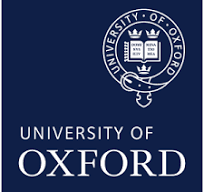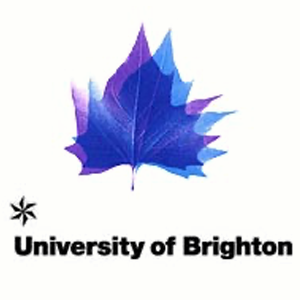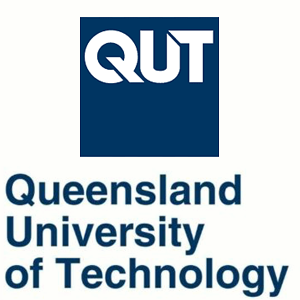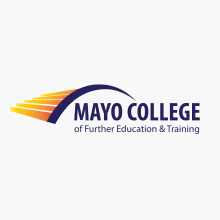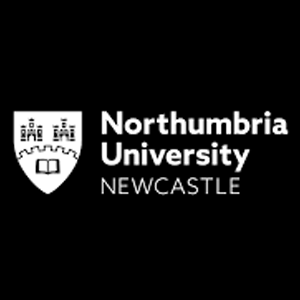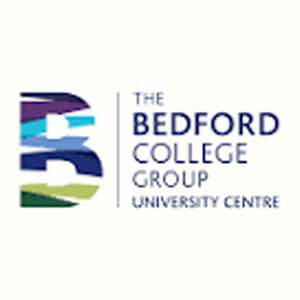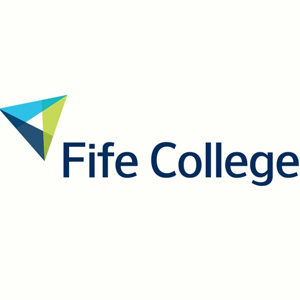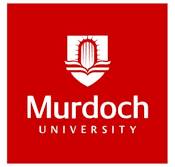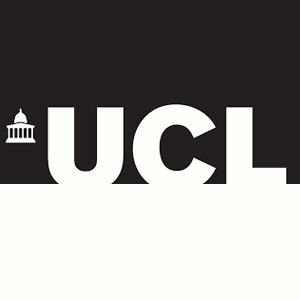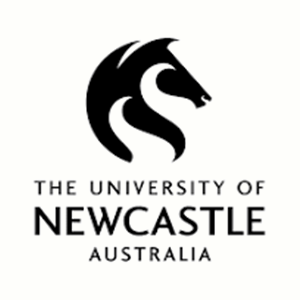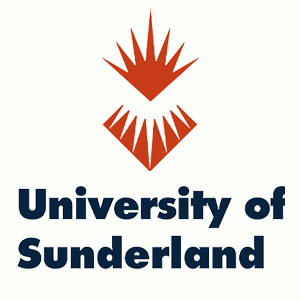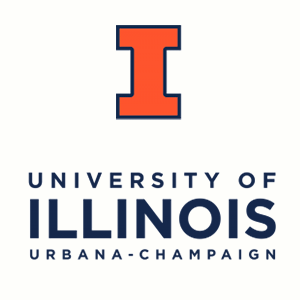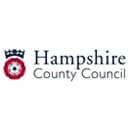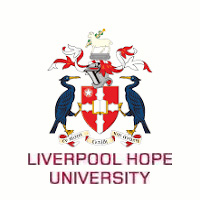Pricing Options
Individual trainer accounts are for one early education professional who either delivers in-person training or wants to develop their own understanding.
- Access all videos and courses
- Create unlimited playlists
- Use our videos and courses for in-person training
- Request video downloads (only available when you pay yearly)
- You cannot use our videos and courses for online training
- You cannot provide independent access to our videos and courses to your students
With this plan you can
£36/quarter +VAT
- Choose to enable or disable auto-renew
£120/year +VAT
- Choose to enable or disable auto-renew
- Discounts on multi-year subscriptions available – please contact us for more details
Training Organisation plans are suitable for groups of early education professionals delivering training.
Admin accounts can:
- Manage your plan and billing
- Add, remove and manage other accounts
- View usage statistics
- No access to our videos or courses
Trainer accounts can:
- Access all videos and courses
- Create unlimited playlists
- Use our videos and courses for in-person training
- Request video downloads (only available when you pay yearly)
- You cannot use our videos and courses for online training
- You cannot provide independent access to our videos and courses to your students
£480/year +VAT
Select- 1 admin account
- Up to 6 trainer accounts
- Choose to enable or disable auto-renew
- Up to 15% discount available on multi-year subscription - contact us to find out more
£836/year +VAT
Select- 1 admin account
- Up to 11 trainer accounts
- Choose to enable or disable auto-renew
- Up to 15% discount available on multi-year subscription - contact us to find out more
£1050/year +VAT
Select- 1 admin account
- Up to 21 trainer accounts
- Choose to enable or disable auto-renew
- Up to 15% discount available on multi-year subscription - contact us to find out more
Can't find the right plan for you? We also offer fully cusotmised packages including embedding rights. Get in touch to find out more.
Our Primary School and Early Years Plan offers full team access to the library for your whole setting*. This can be used for staff training, inductions and CPD. It can also be used for working with parents, carers and govenors.
*We define a setting as being a single school, nursery or pre-school in 1 geographical location. If you are a MAT or nursery group who needs access across settings get in touch for multi-setting discounts.
With this plan you can:
- Have full site access for one setting
- Access all videos and courses
- Create unlimited playlists
- Manage your plan and billing
- Add, remove and manage users
- Not for multi site access
£93/quarter +VAT
- Choose to enable or disable auto-renew
£299/year +VAT
- Choose to enable or disable auto-renew
- Discounts on multi-year subscriptions available – please contact us for more details
Our Higher & Further Education Plans are for early years education professionals delivering training who also require additional access for their students.
Admin accounts can:
- Manage your plan and billing
- Add, remove and manage other accounts
- View usage statistics
- No access to our videos or courses
Trainer accounts can:
- Access all videos and courses
- Create unlimited playlists
- Use our videos and courses for in-person training
- Request video downloads (only available when you pay yearly)
Student accounts can:
- Access all videos and courses
- Log in via individual logins, group login or IP address access
£299/year +VAT
Select- 1 Admin Account
- 1 Trainer Account
- Up to 30 Student Accounts
- Choose to enable or disable auto-renew
- Discounts on multi-year subscriptions available – please contact us for more details
£899/year +VAT
Select- 1 Admin Account
- Up to 5 trainer Accounts
- Up to 100 Student Accounts
- Choose to enable or disable auto-renew
- Discounts on multi-year subscriptions available – please contact us for more details
£1499/year +VAT
Select- 1 Admin Account
- Up to 11 Trainer Accounts
- Up to 500 Student Accounts
- Choose to enable or disable auto-renew
- Discounts on multi-year subscriptions available – please contact us for more details
Can't find the right plan for you? We also offer fully customised packages including embedding rights. Get in touch to find out more.
If you require a longer evaluation period, please contact us.
Can’t find the right membership for you? We also offer fully customised plans including embedding rights
Find out more-
Siren films provide an invaluable library of clips of practice which assist us. I have used some of these in my in-service training of staff and they delight, inform and engage educators and students to apply theory to practice. Siren is a rich resource and without such clips our evidence-based professional development programmes would be the poorer for it.
Prof. Iram Siraj, OBEProfessor of Child Development and Education, University of Oxford -
I first discovered Siren Films when I was a LA Early Years Adviser. As a team we found them to be an invaluable resource so it was an easy decision to continue using them when I became an independent consultant and trainer. Whether as an individual or a group, the reasonably priced packages will provoke your thinking and inform future discussions. Siren Films are an invaluable resource and the new website showcases the films in a really accessible way.
Sue AllinghamIndependent consultant and trainer -
We create a lot of support for our settings and schools and needed high-quality videos to support best practice. We use the videos to highlight themes during training and to show settings examples of what good practice looks like. We get lots of good feedback — the videos often exemplify a point really well. They’ve really supported the role of the adult in many settings. We would recommend these videos as they are excellent examples of day-to-day practice.
Hampshire County CouncilEarly Years team -
The videos are extremely useful to show examples of children's development across all age groups. The short clips of early years practitioners demonstrating excellent pedagogical skill are especially useful for students with little or developing practice in the early years. It’s great value for money and connects strongly with research and real-world practice. It’s an essential tool for developing reflective, highly skilled early years practitioners.
Liverpool Hope University Early Childhood and Initial Teacher Education departments


